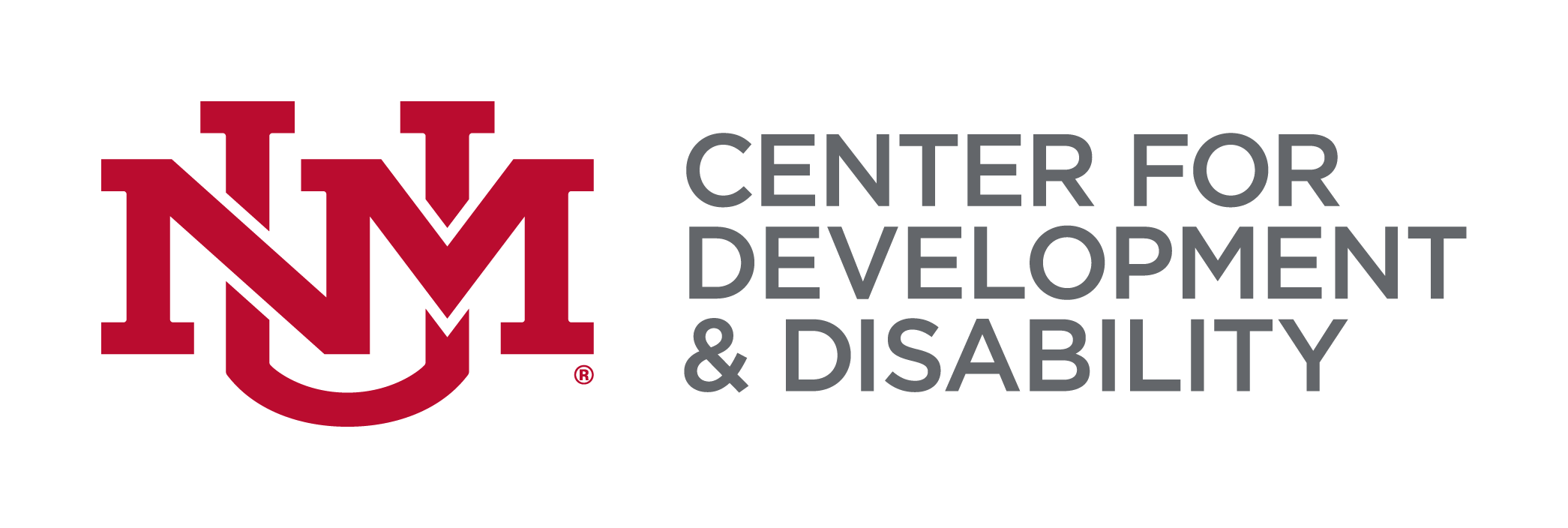by Erik Feigum
Everywhere you go and everywhere you look, people are both consciously and unconsciously making a first impression on everyone around them. The initial reactions people have to the person in a suave haircut and expensive suit carrying a briefcase to an imposing office building and the person in jeans and a T-shirt tapping away at their phone are as different as night and day. After that, however, is a ‘second’ impression: the well-dressed businessman has a downcast expression and is nervously checking his watch every other minute, which raises questions about where exactly he’s going and why he’s going there. Meanwhile, the much more casually-dressed person is smiling brightly down at their phone, looking up occasionally to make sure he’s not in anyone’s way or about to bump into anything; he’s not only aware of whatever’s on that tiny screen, but also of himself and his surroundings, and the common courtesy of allowing people to pass by him. This is a difference in self-presentation; the subtle, simple things that reflect someone’s character and personality beyond their surface appearance.
The key to consciously and consistently good self-presentation is self-awareness. Many people, not just those on the autism spectrum, tend to develop subtle tics and mannerisms as small coping mechanisms for the minor stresses and nervousness of everyday life: adjusting their clothes, picking their nails, rubbing their faces, and so on. While generally acceptable in the home or on the bus, these habits are very noticeable when engaged in direct conversation or in a quiet meeting when only a few people are speaking at any given time. It takes some time and attention, but it’s fully possible to recognize the impulse to perform these subtle, anxious gestures and either subdue them or replace them with something less distracting; clasping hands instead of scratching ears, for example.
Confidence is another important factor in self-presentation; carrying yourself with an aura of poise and purpose attracts more positive attention than most people may initially realize, though not without a few words of caution. There are undoubtedly many other blog posts somewhere out there dedicated entirely to boosting confidence in a myriad of ways, but there’s still a few things the readers and writers of those posts may not initially realize. For one, it’s not important to look and act confident one-hundred percent of the time. An occasional ‘sanity break’ can work wonderfully for both mental health and a continuing appearance of confidence; a day or two to dress in the most comfortable clothes available and indulge in some hobbies or pastimes can be a great ‘recharge period’ before going out to face the world again. Furthermore, it’s also not important to be confident about everything at once. Someone with relationship or financial troubles wouldn’t do themselves any favors by bringing those worries to a job interview or an important meeting.
It’s important to realize that everyone, not just interviewees or businessmen, are always trying to improve their self-presentation. Job interviewers are always trying to make their business look good for prospective employees, and the task of presenting themselves and the company they represent as outstandingly welcoming and positive to these employees is always on their mind. Receptionists, waiters, and cashiers face the daunting task of being polite and courteous to everyone who comes in the door, regardless of how those customers choose to present themselves. Firemen, policemen, and especially military personnel are duty-bound to always look and act like they’re in complete control of any situation as long as they’re in uniform, regardless of context or severity. No matter where they are or what they’re doing, people are always trying to put themselves in the best possible light, and sometimes it’s as simple as remembering to put your best foot forward.
